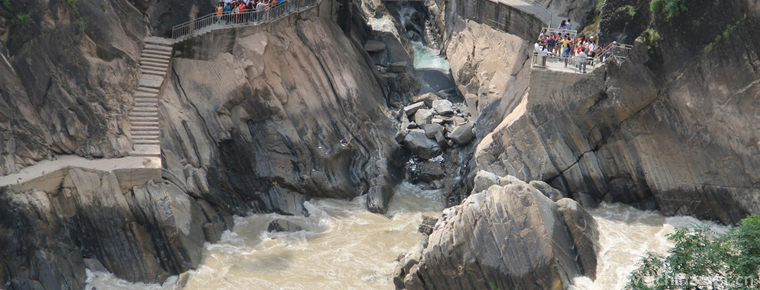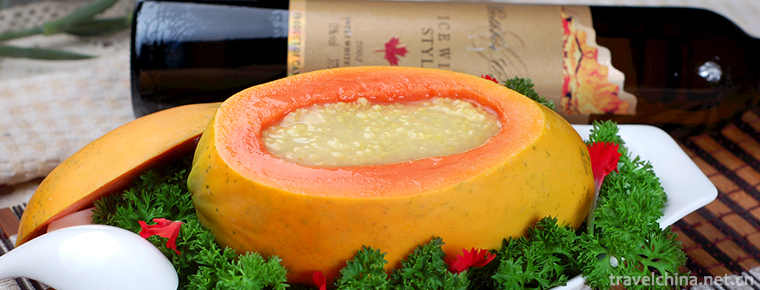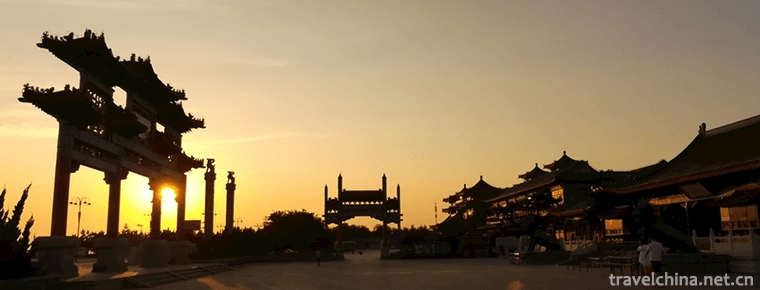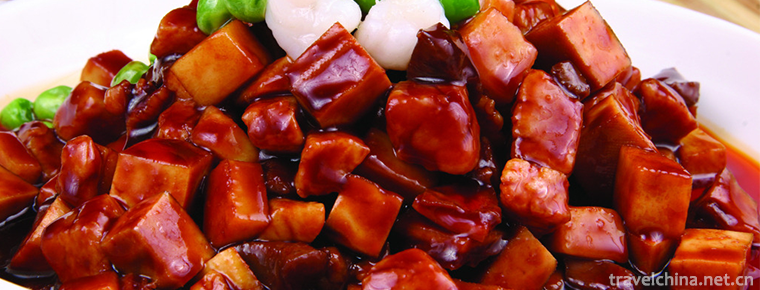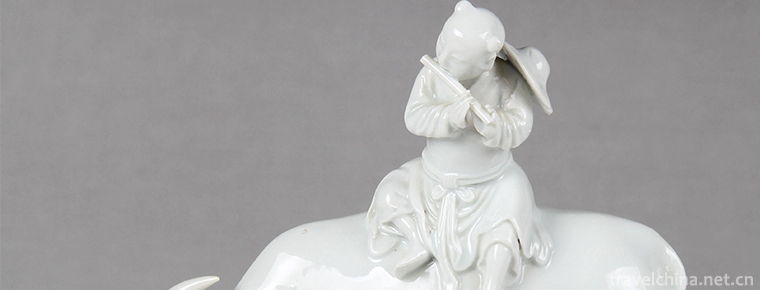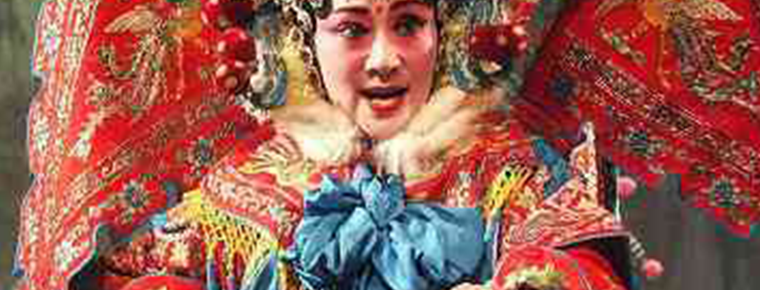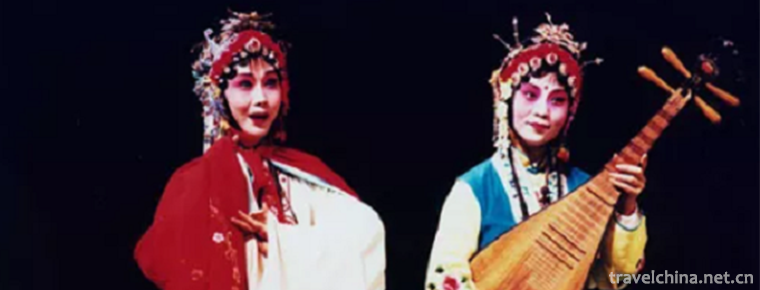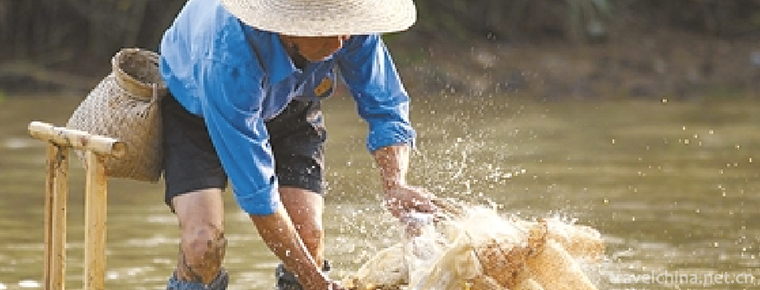Ring Dance of Yi Nationality
Ring Dance of Yi Nationality
Ling Dance of the Yi Nationality, to be known as foot-jumping, is called "Qi He Zhe" in the Yi language, which means the spiritual farewell dance. It is a traditional folk dance performed and danced by the people of the Yi Nationality in the sacrificial arena. This dance retains its complete form in Hezhang, especially in Hezhang Zhushi Township. The Bell Dance has a series of songs and dances. The dancers first sing and then dance. There is no music accompaniment in the dance. The Bell Dance relies on the drums and the brass bells in the dancers'hands to unify the movements. Suona only plays in the intervals. Through sacrificial activities, dancing "pleading and choking" and singing sacrificial ritual songs, in order to do the filial piety of descendants, memorize the deceased and comfort the living. The content of Bell Dance is the traditional production and life scene of the Yi people. After artistic treatment, the content is healthy and the style is simple. Because the Yi people have the custom of singing and dancing in marriage and funeral, the bell dance has a broad mass character, so it can be handed down from generation to generation, and keeps its original state intact. Primitive Yi bell dancing is limited to male dancing, but now because of the renewal of ideas, women also join it, and the scene is unlimited, festivals, festivals, leisure time can be performed.
On June 7, 2008, the Yis bell dance was approved by the State Council to be included in the second batch of national intangible cultural heritage list.
Historical Evolution
origin
"Lingdang Dance" is mainly spread in the Yi people's inhabited areas in Wumeng Mountains. The form of dance performance and the singer's voice are used to pay homage to the dead. It is a horse-riding battle-like dance held by the Yi ancestors according to their ethical generations and for many times during the sacrificial and civilized activities. Yunnan, Yelang, Ba, Shu, Hei and Bai were all separated by Dumi, the thirtieth emperor of the ancient Yi people. The Six Marquis Kingdoms also self-proclaimed many monarchs and great powers. Therefore, the Yi ancestors experienced frequent wars. When they escorted the dead soldiers, they danced a kind of warlike dance on the way to express their grief.
Tracing back to its history, it can be traced back to the time when the Yi ancestor Duer Emperor divided the six Houses in the 8th century B.C. The Yi ancestors in Wumeng Mountains still keep good horses. When riding saddles, they must be equipped with copper bells. They are known as the holy place of good horses. At that time, all the tribes of the princes and clans were soldiers, forming a team of war horses. When the king held sacrifices in memory of his ancestors, his subordinates had to organize 120 troops and horses and dozens of singing and dancing teams to show their fighting style in the sacrificial singing and dancing arena, and the whole night was feverish. Ring the bell in your hand to control the rhythm in dancing, which is the name of bell dance. Some people say that the bell tone of bell dancing is that the Yi ancestors suffered too much casualties in the war. The leaders were artificially calm and the bells were ringing rhythmically in their hands, which convinced the team behind them that the casualties were small and that they had the ability to fight again. The backrest movement in the dance shows that the Yi ancestors helped each other in the process of escaping and made a difficult progress. From the props and reflections of Lingdong Dance, it has the moral of describing the war scenes and depicting the traditional national military consciousness of the Yi people. As a military dance, in ancient times, "Ring Dance" showed the scene of battle. Dancers used red, white, black and yellow as decorative colors to symbolize the four generals, holding bells to show horseback riding, and using bell tones to control the dance steps. The system of sacrificial songs and dances was therefore popularized in villages and villages. Bell dancing is carried out in festivals, ancestor worship and funeral occasions.
Evolution
Subsequently, this kind of warlike dance evolved into a dance of sacrifice and farewell, and became a dance of placating the souls of soldiers who died in battle to comfort the dead. Yi religion has a strong primitive religious color. It worships many gods, mainly natural worship of animism and ancestor worship. In the worship of nature, the belief in spirits and ghosts is the most important. Therefore, the Yi people pay great attention to the soothing of the dead people's souls. They use narrative form to express the life stories of the dead in lyrics, and at the same time, they use narrative way to open up a way for the dead to their ancestors'destination along the migration route of the old ancestors in history, so that the dead can be blocked by thorns and caterpillars along the way and arrive smoothly. In Dalao ancestor's place of destination, ringing the bell is to inform the ghosts and wilderness to stay away from the road. The bell dances with great strength of body movements, accompanied by songs and lyrics, which are sad and moving, in order to show the grief of the relatives of the deceased. And the bell is also the main prop in the sacrifice. The use of copper bells and horse bells in funerals means communicating with the soul of the deceased. In many ethnic groups, wizards also use bells, such as Korean wizards who use copper bells to communicate with gods, or waist bells to satisfy shamans when performing witchcraft, all of which use bells as a means of communicating with gods. Plus the Bell Dance mentioned before was originally a dance to inspire morale and mourn the dead in battle, so it is reasonable to become a sacrificial dance. In the sacrificial activities, dancing "pleading and choking" and singing sacrificial ritual songs, in order to do the filial piety of descendants, memorize the deceased and comfort the living.
Stylistic features
Performing Form
Primitive Yis bell dance, bell dance performance form is vigorous and solemn, bold and rough, two teams of dancers jump horses and whip, opposite, vertical and horizontal orderly, changeable. Dance takes drums and brass bells as its rhythm and controls the rhythm of the bell. It dances with coordinated calls and calls, and adjusts its movements with bells. Sometimes it is noisy and shocking like a torrential rain. Sometimes it's just a whisper that touches the heart. One difficult action after another, dancing like a dragon. The bravery and majesty on the battlefield and the bloody spirit of the Yi Shan men are shown incisively and vividly. Nowadays, because of the renewal of ideas and the participation of Yi women, the dance is more colorful. The only thing that remains unchanged is the simple and vigorous style, which is the great appeal of the atmosphere. And the scene is unlimited, festivals, festivals, leisure can be performed.
When offering sacrifices, the dancer holds the bell in his right hand and the ribbon in his left hand. After the commencement of the sacrifice, according to the order of host, guest and generation, each family led people and horses to carry colorful flags, beat gongs and drums, blow trumpets, sonars, lanterns and torches, and roar around the spiritual chamber. The dance team then danced side by side, carrying colorful paper horses, and inserting them in the procession. Around the spiritual front, the spiritual circles should be shaped into Taiji figures, chicken wings (zigzag), horseshoe (semicircle), just like the ancient military parade. At the end of the spiritual circle, the singer and dancer return to dance in front of the coffin. The singer sings to the coffin and then puts out various formations to dance to the song. In the past, there were only four or six pleading partners. Later, after careful arrangement by literary and artistic workers, the original taboos were broken, and young women were organized to take part in the dance. The number also expanded to 40 to 60 people. The stage layout and formation interpolation were greatly adjusted and the stage scenes were expanded.
Motion characteristics
The most remarkable common feature of the "bell dance" of the Yi nationality and other dances of the Yi nationality is that there are many static shapes, few dynamic shapes and strong steel in the dance.
In bell dancing, the dancer takes the waist as the axis, swings back and forth around the waist and abdomen, turns his wrists up and down, rings the bell and waves the ribbon, sometimes raises his head and backwards, sometimes leans forward, sometimes squats down, sometimes rolls on the ground, stops and moves slowly and orderly. Men are vigorous and bold, while women are soft and stretching. The exquisite combination of men and women makes the original rough "pleading" more colorful.
Current situation of inheritance
The Yis Bell Dance is not only a folk dance, but also an epic historical picture. Although the folk songs and dances of the Yi nationality are extensive and profound, due to many factors, the bell dance has also been impacted by the times and is facing the endangered situation of gradually fading away.
The main factors restricting the inheritance and development of Bell Dance are as follows. The first is that many young people of modern Yi nationality are greatly influenced by the Han culture, and the impact of modern culture also has an impact on them, resulting in their low passion for the traditional culture of their own nation, resistance to ideas and ideas, and many excellent national cultures can not be better inherited. Secondly, the mineral resources in Zhushi Township are quite abundant. With the continuous development of economy, the economic consciousness of local villagers has been strengthened. Young people's pursuit of economy has exceeded the strength of cultural inheritance. Many young people go to mining or go out to work, which indirectly affects the inheritance and development of national culture. Thirdly, with the continuous departure of the older generation of folk artists, the number of people who can perform bell dancing is decreasing year by year, and those who can appreciate and grasp the charm of bell dancing are countless. With the influence of modern media, the new generation of young people can not take over the burden well, which greatly affects the inheritance and development of bell dancing.
Inheritance Significance
With the development of the times, the content of Bell Dance has also changed. It is deduced from a single funeral dance. The content of Bell Dance mainly reflects the traditional production and life scene. After artistic treatment, the content is healthy and the style is simple. In the struggle with nature, the ancestors of the Yi nationality crossed mountains and waded through rivers, opened roads on mountains, bridged by rivers, bravely fought jackals, wolves, tigers and leopards, and then farmed by men and women, creating a magnificent picture of great migration. Because the Yi people have the custom of singing and dancing in marriage and funeral, the bell dance has a broad mass character, so it can be handed down from generation to generation, and keeps its original state intact. Today, the Yi Bell Dance has gone through more than 2800 years without fading. Wu Guihong, director of Hezhang County Cultural Bureau, believes that the Bell Dance contains a rich Yi culture, which not only has unique artistic value of dance, but also has historical, ethical, philosophical and other cognitive values. As an indispensable spiritual life style of the Yi people, bell dance can play a positive role in inspiring the national spirit and improving the spiritual realm, which is worth inheriting and developing.


-
Tiger Leaping Gorge
Tiger Leaping Gorge, known as "danger", is one of the deepest canyons in China.
Views: 245 Time 2018-10-17 -
Pumpkin rice gruel
cut Pumpkin Peel into thin slices and rinse with millet. Put some water in the pot, put water into pumpkin millet and boil it in a big heat..
Views: 365 Time 2018-11-02 -
Laojunshan Jiguandong Tourist Area
Jiguan Cave is located in Luanchuan County, Luoyang City, Henan Province, three kilometers west of the county seat. It is located on the half-hillside of Jiguan Mountain.
Views: 161 Time 2018-12-09 -
Wanpingkou Scenic Area
Wanpingkou scenic spot is located in Rizhao, a beautiful coastal city in Shandong Province. "Tourist sunshine is bound to Wanpingkou" has become the consensus of tourists around the world.
Views: 88 Time 2018-12-17 -
Sanxianshan Scenic Area
Sanxianshan Scenic Area is located in the northern end of Penglai City, Shandong Province, along the Yellow Sea. It is adjacent to Baxian Cross-Sea Scenic Area in the west,.
Views: 131 Time 2018-12-17 -
Linhe Yellow River National Wetland Park Inner Mongolia
Inner Mongolia Linhe Yellow River National Wetland Park is located in Linhe District, Bayannaoer City, Inner Mongolia Autonomous Region, with a total area of 4637.6 hectares. The functional zoning map.
Views: 164 Time 2018-12-26 -
Eight Delicacies in Hot Sauce
Babao chili sauce is a famous traditional dish in Shanghai, with bright color and spicy fragrance. It is improved from fried chili sauce. "Babao chili sauce" tastes hot, fresh and slightly s.
Views: 202 Time 2019-03-25 -
Sintering Techniques of Dehua Porcelain
Dehua ceramic firing technology is a traditional handicraft in Dehua, Fujian Province. Dehua ceramic production began in the Neolithic Age, flourished in the Tang and Song Dynasties.
Views: 160 Time 2019-04-26 -
Huaibei Bangzi Opera
Huaibei Bangzi Opera originally named Shahe Diao, also known as Shahe Bangzi, Anhui Bangzi Opera, and Henan Henan Henan Opera belong to a different genre, is popular in Anhui Province.
Views: 150 Time 2019-05-04 -
Drama Costume and Opera Production Skills
Drama costume and costume production skills, local traditional handicraft in Suzhou City, Jiangsu Province, one of the national intangible cultural heritage..
Views: 97 Time 2019-05-08 -
Soviet Opera
Su Opera is a combination of Huagu Tanhuang, Nanci and Kunqu Opera. It is popular in the urban and rural areas of southern Jiangsu and Northern Zhejiang. Its predecessor, Sutan, was originally called .
Views: 73 Time 2019-06-16 -
Custom of mud fish
The custom of filling mud fish is a local traditional handicraft with a long history in Guangdong Province. It combines traditional handicraft weaving and fishing skills. However, even in Doumen, the .
Views: 125 Time 2019-08-10
